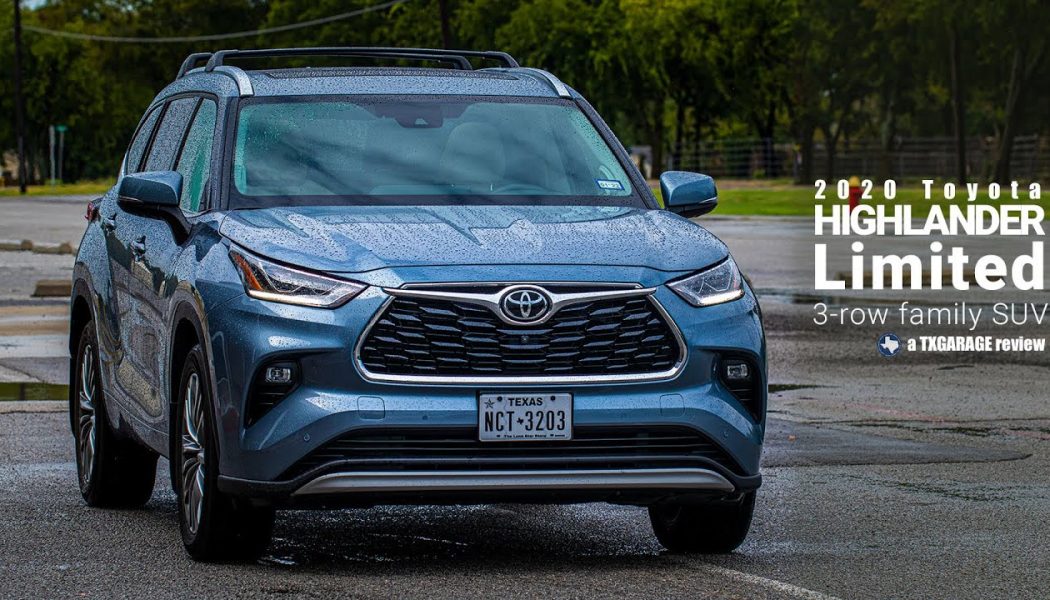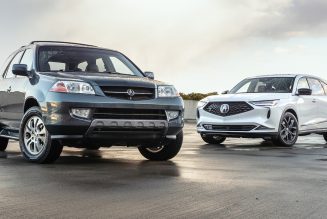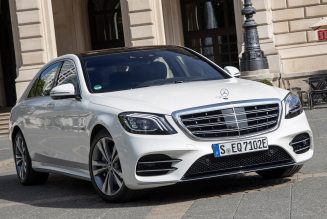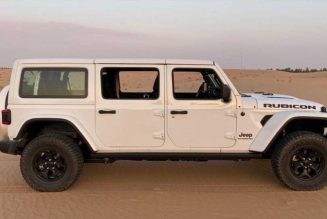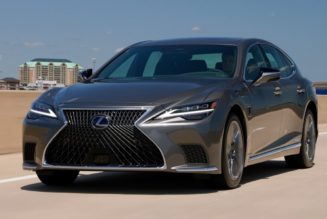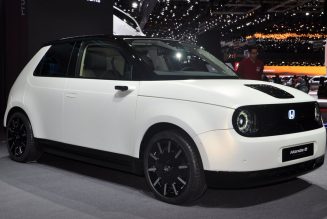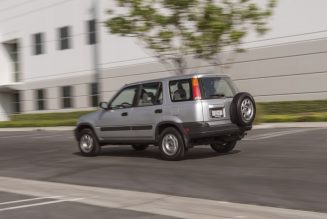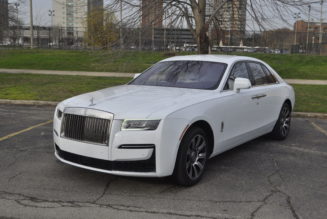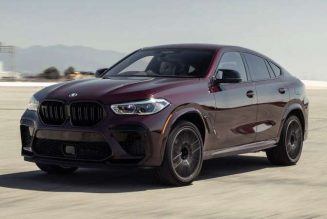Pros
- Ample cargo space
- Massive infotainment screen
- The hybrid’s fuel economy
Cons
- Tight third row
- The hybrid’s ride
- V-6’s lack of low-end punch
Aside from those made in China for local consumption, every Toyota Highlander (and Kluger, as it is known in Japan and Australia) is built in a factory in Gibson County, Indiana, that employs 7,296 Hoosiers.
For 2020, Toyota Motor Manufacturing Indiana retooled to build the fourth-generation Highlander and Highlander Hybrid around Toyota’s TNGA-K architecture and two powertrain combinations. Non-hybrid models receive Toyota’s ubiquitous 295-horsepower 3.5-liter V-6 and eight-speed automatic transmission.
Meanwhile, the Highlander Hybrid uses a new system based around the tried and true 2.5-liter Atkinson-cycle I-4, two coaxially mounted electric motors, a battery pack mounted under the rear seats, and a sequentially “shiftable” CVT. Highlander’s hybrid drivetrain now works in both front- and all-wheel drive; Toyota claims it is smaller, lighter, and 24 percent more efficient than the previous generation, making the new Highlander Hybrid the class leader in fuel economy (move one size down, however, and the 2021 Sorento hybrid is slightly more efficient).
Between gas and hybrid, front- and all-wheel drive, and six trim levels, there are no less than 20 flavors of Highlander. No matter which one you choose, you’ll get Toyota Safety Sense 2.0, a suite of active safety systems that includes automatic braking capability, automatic high-beams, radar cruise control, lane departure assist, lane tracing assist, and road sign assist.
Toyota sent us a V6 AWD Platinum and Hybrid AWD Platinum. We gave both high marks for an interior that retained favorite features while upgrading key areas. “I like that they kept the little center shelf below the HVAC controls, with the little hole for the charger cable,” senior features editor Jonny Lieberman said. “That was one of my favorite parts of the previous generation. I also like how the climate controls work on the touchscreen—very smart use of real estate.”
Features editor Scott Evans added: “This is obviously the top trim level, but they really give you a lot for what you’re paying. Everything feels high-quality. Toyota’s infotainment system has taken a big step forward—this one looks cleaner and responds better than a lot of their past efforts.”
Our judges were split on the driving dynamics of the chassis and powertrain. Evans found the hybrid’s powertrain “seriously overburdened” with a heavy-feeling ride: “It’s both loud and unrefined, vibrating quite a bit when it’s working to move the car.” Features editor Christian Seabaugh disagreed, preferring both the ride and smoothness of the hybrid: “It feels quicker thanks to the lack of excessive shifting and V-6 engine note. The torque of the electric motor really fits the character of a family mover better than the V-6. It’s perhaps a tad underdamped, but impacts are dissipated quickly. While there’s a bit of head toss and gut jiggle, others in the segment are worse.”
So is it the best midsize three-row SUV out there? No. Our judges unanimously panned the inexcusably tight squeeze of the Highlander’s third-row seat and its overall lack of sizzle.
“The Highlander is a perfectly pleasant family appliance that’s missing that little X-factor,” Lieberman said. “If it just did one very cool thing, if it had one unique selling point, I could become an advocate for this SUV.” For some Toyota loyalists, “solidly competitive” is all they require. But when it’s not even best-in-segment, there’s no way it can be our SUV of the Year.
“It advances the Highlander to keep it relevant,” Buyer’s Guide director Zach Gale said, “but this is no conquesting SUV.”
| 2020 Toyota Highlander V6 AWD Platimum | |
| Base Price/As tested | $49,975/$51,167 |
| Power (SAE net) | 295 hp @ 6,600 rpm |
| Torque (SAE net) | 263 lb-ft @ 4,700 rpm |
| Accel, 0-60 mph | 7.4 sec |
| Quarter-mile | 15.7 sec @ 90.7 mph |
| Braking, 60-0 mph | 127 ft |
| Lateral Acceleration | 0.79 g (avg) |
| MT Figure Eight | 27.7 sec @ 0.61 g (avg) |
| EPA City/Hwy/Comb | 20/27/23 mpg |
| Vehicle Layout | Front-engine, AWD, 7-pass, 4-door SUV |
| Engine/Transmission | 3.5L DOHC 24-valve V-6/8-speed automatic |
| Curb Weight (F/R Dist) | 4,462 lb (55/45%) |
| Wheelbase | 112.2 in |
| Length x Width x Height | 194.9 x 76.0 x 68.1 in |
| Energy Cons, City/Hwy | 169/125 kW-hrs/100 miles |
| CO2 Emissions, Comb | 0.86 lb/mile |
| 2020 Toyota Highlander Hybrid AWD Platinum | |
| Base Price/As tested | $51,375/$52,567 |
| Power (SAE net) | 186 hp @ 6,000 rpm (gas) + 118 hp (front elec), 54 hp (rear elec); 243 hp (comb) |
| Torque (SAE net) | 175 lb-ft @ 4,400 rpm (gas) + 149 lb-ft (front elec), 89 lb-ft (rear elec) |
| Accel, 0-60 mph | 8.4 sec |
| Quarter-mile | 16.3 sec @ 85.6 mph |
| Braking, 60-0 mph | 123 ft |
| Lateral Acceleration | 0.78 g (avg) |
| MT Figure Eight | 28.4 sec @ 0.58 g (avg) |
| EPA City/Hwy/Comb | 35/34/35 mpg |
| Vehicle Layout | Front-engine, AWD, 7-pass, 4-door SUV |
| Engine/Transmission | 2.5L Atkinson cycle DOHC 16-valve I-4/Cont variable auto |
| Curb Weight (F/R Dist) | 4,568 lb (53/47%) |
| Wheelbase | 112.2 in |
| Length x Width x Height | 194.9 x 76.0 x 68.1 in |
| Energy Cons, City/Hwy | 96/99 kW-hrs/100 miles |
| CO2 Emissions, Comb | 0.56 lb/mile |
